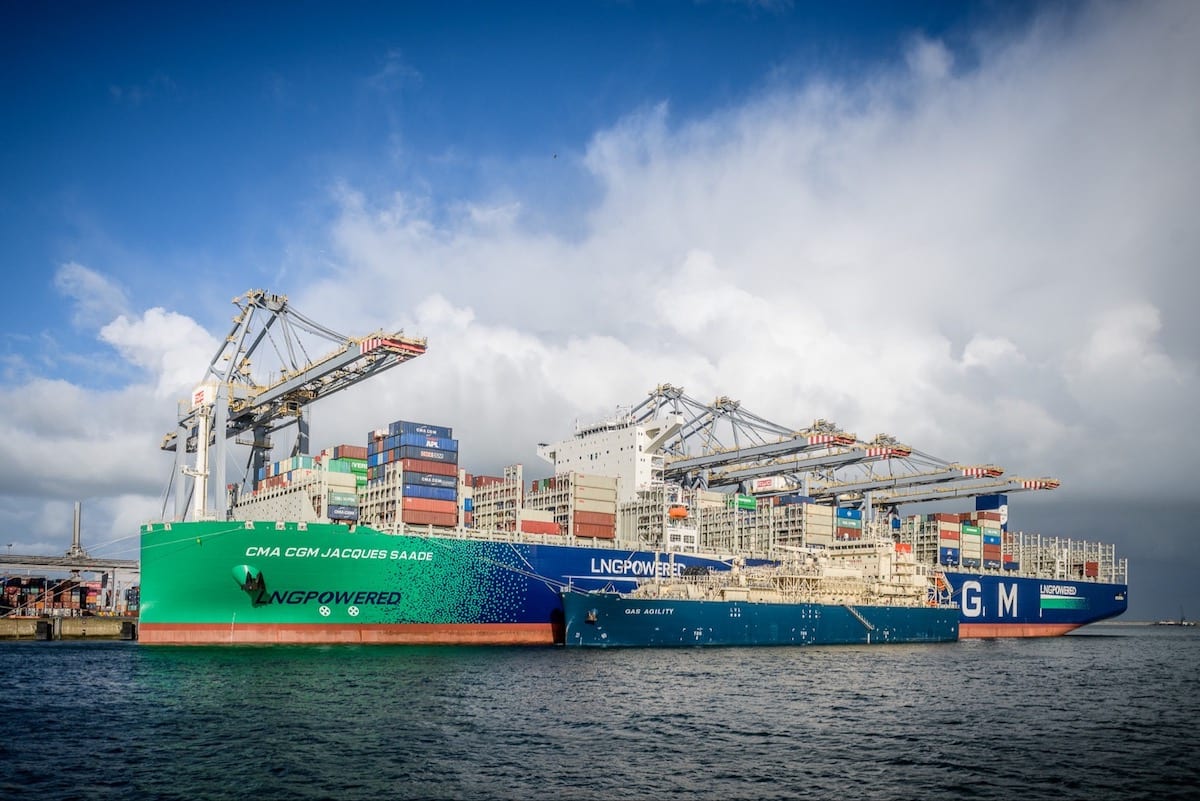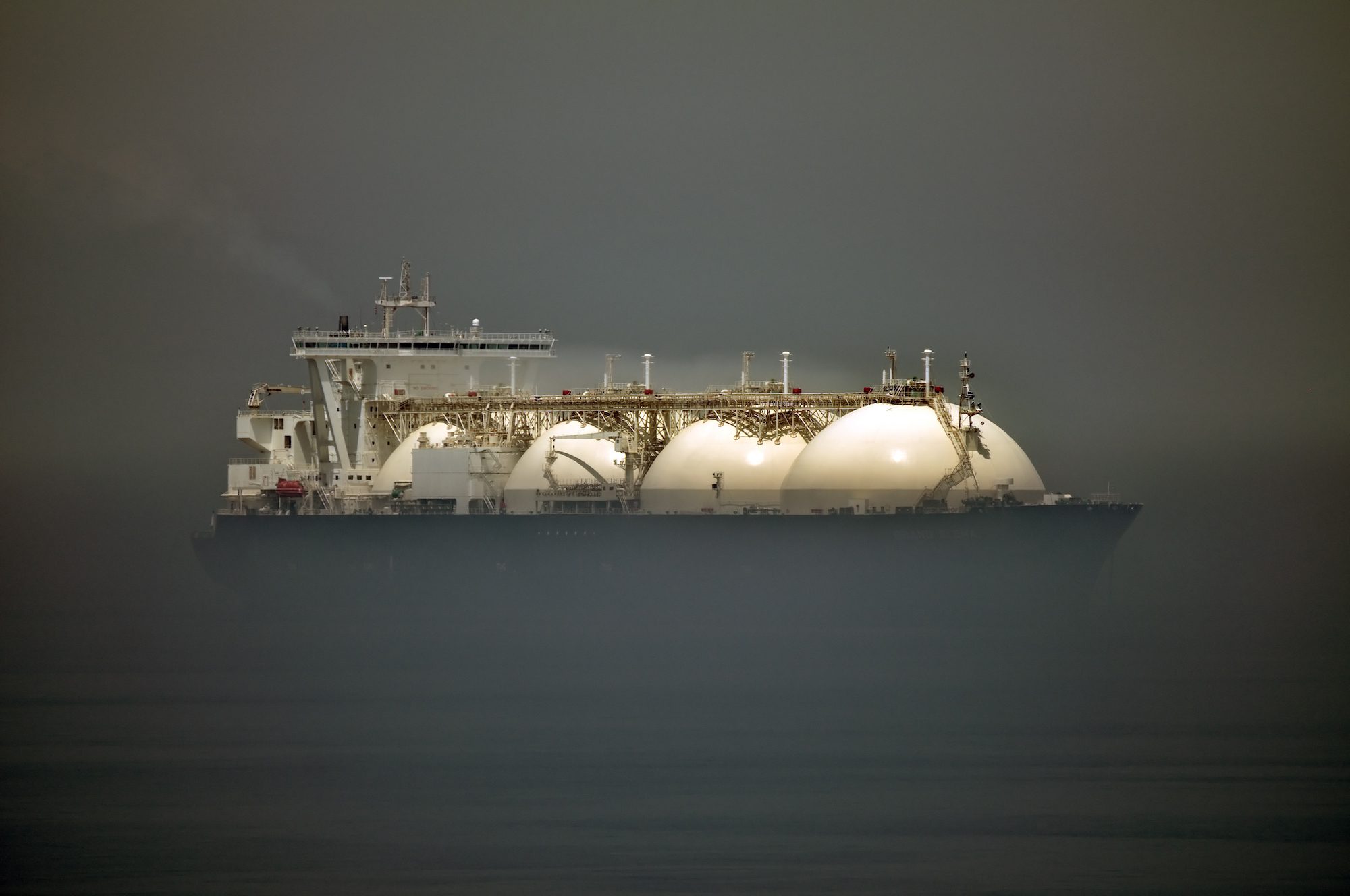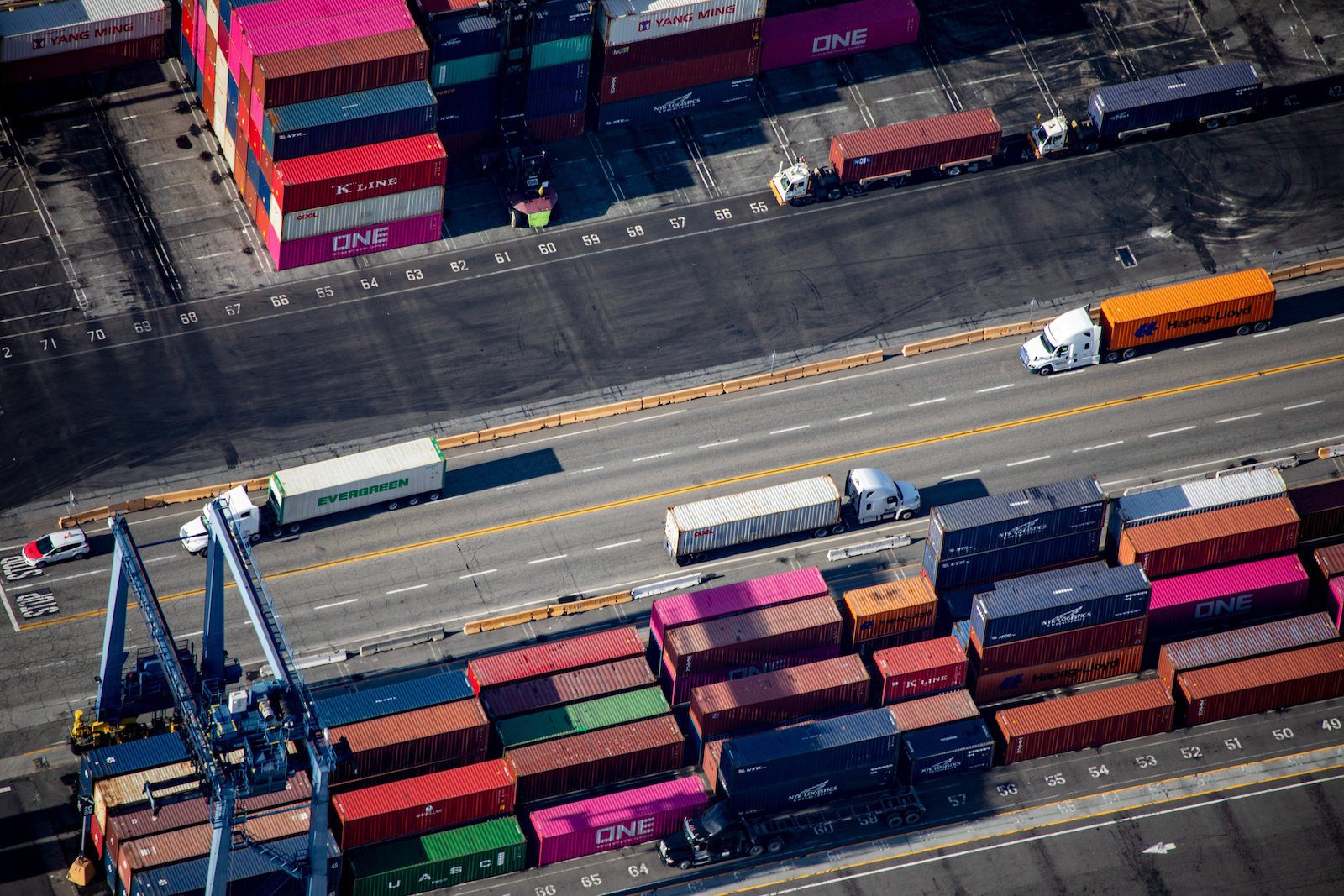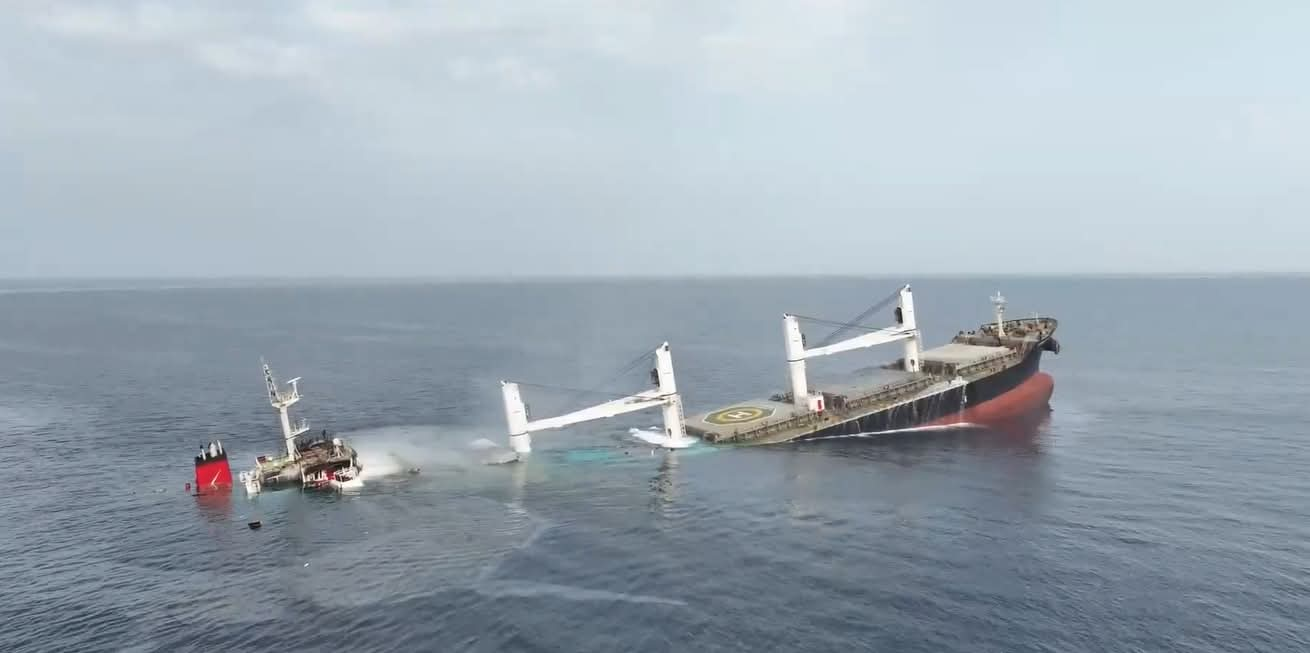French shipping giant CMA CGM has announced a long-term strategic partnership with French utility company ENGIE to help develop decarbonized fuel for shipping.
The strategic and industrial partnership has the ambition of supporting the development of a synthetic methane and liquefied biomethane (BioLNG) bunker fuel, including the associated production and distribution industries for those fuels.
An initial project to produce BioLNG for shipping has already been launched by both groups at the Port of Marseille, in partnership with Métropole Aix-Marseille-Provence and TotalEnergies.
The partnership between CMA CGM and ENGIE will facilitate the sharing of both groups’ knowledge and R&D work, most notably in key technologies such as carbon capture and green hydrogen production. It also covers the analysis of future regulations, as well as efforts to raise awareness of the benefits of BioLNG and synthetic methane for the decarbonization of the shipping industry.
According to CMA CGM, LNG as is can reduce sulfur oxide emissions by 99%, fine particle emissions by 91% and nitrogen oxide emissions by 92%. The company currently operates 20 “e-methane ready” vessels equipped with dual-fuel engines currently running on LNG, with plans for 44 “e-methane” vessels by year-end 2024.
Using LNG as a fuel, CMA CGM says it has been able to reduce overall carbon emissions by 4% in 2020, following a 6% reduction in 2019. The company also reports lowering its carbon emissions per container-kilometer by 49% since 2008.
The dual-fuel gas-power technology already developed by CMA CGM, currently running on LNG, is also capable of using BioLNG and synthetic methane. Biomethane can reduce greenhouse gas emissions by 67% compared to VLSFO (Very Low Sulfur Fuel Oil) on a well-to-wake basis (entire value chain). Synthetic methane, meanwhile, will eliminate the vast majority of greenhouse gas emissions.
ENGIE is already leading synthetic methane industrial projects, which it says CMA CGM will be able to invest in, including through multi-year purchase agreements. The projects use pyro-gasification or methanation using green hydrogen and captured CO2.

 Join The Club
Join The Club











